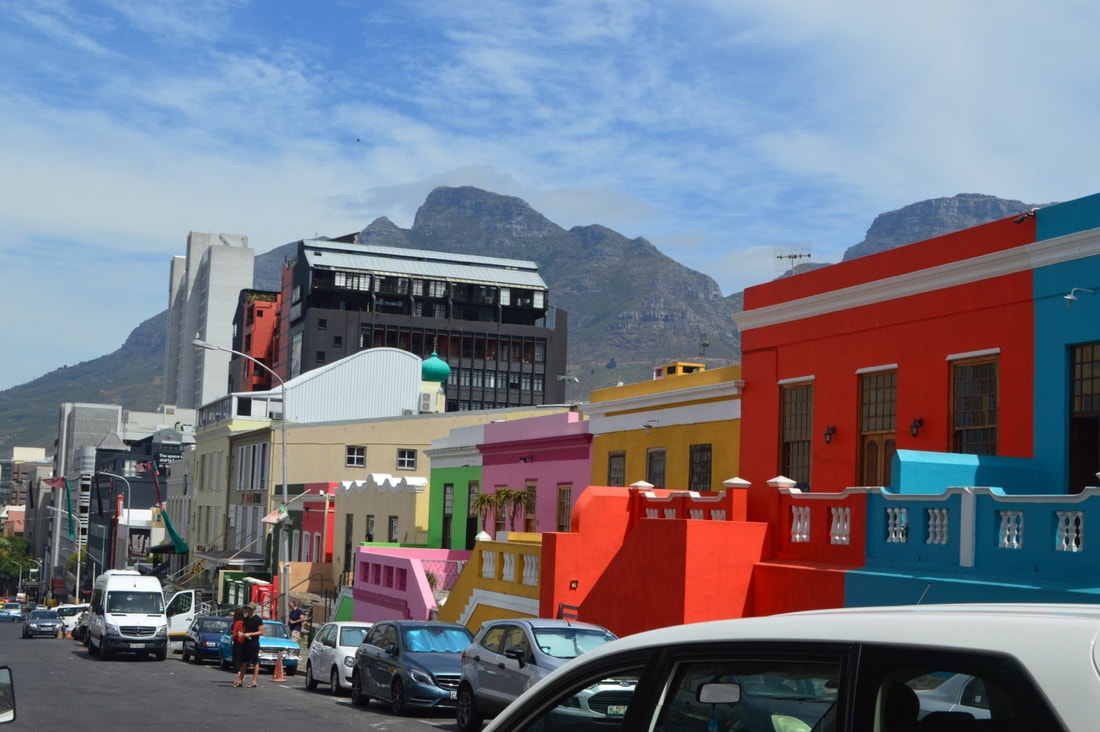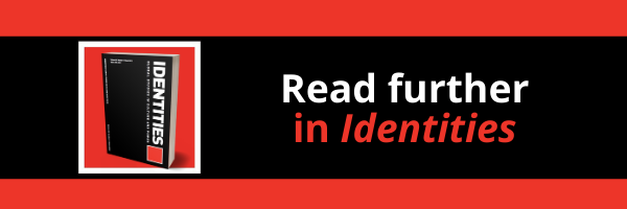|
|
|
‘What are you?’ When posed with this question in highly racialised societies, most people respond by sharing their racial identity. Although racial identity is a personal decision, the choice is often constrained by the recognised racial categories available within the racialised society.
For example, as written into law through the 1950 Population Registration Act – linchpin legislation that helped set in motion South Africa’s Apartheid system by defining race for its population – to be Coloured was to be ‘a person who is not a white person or a native’ Black/African. To be Coloured meant you were neither/nor. We are now a quarter century into post-Apartheid South Africa and the state has undergone a massive sociopolitical transformation that operates under the ideal to be non-racist. Some changes include the repealing of Apartheid laws, including the Population Registration Act. So how has the transition from the white supremacist Apartheid state impacted Coloured racial identities in post-Apartheid South Africa? I explore how racial identities are created and recreated to adapt to state-level racial (re)formation processes in my recently published Identities article, ‘Able to identify with anything’: racial identity choices among ‘Coloureds’ as shaped by the South African racial state’.
To answer these questions, I conducted interviews with 50 adults, men and women aged between 18 and 82 years old with varied income and education levels, in Cape Town, South Africa during summer 2015 and winter 2018.
Although all respondents agreed that they were currently or formally identified as ‘Coloured’, there was wide variation in response to my ‘what are you?’ question. My analysis additionally revealed that the state is still implicated in the minds of Coloureds and how they wrestle with new constructions of race leading to different racial identity options among my 50 respondents: (a) racialised maintenance via reappropriating Coloured (56%), (b) re-formation and expansion of the existing category Black (16%), (c) racial uplift construction of a new/revised category of Khoisan (32%) and (d) a non-racialist approach to racial identities as human (1%, which I discuss in my Identities article). The Coloured identity remains prevalent given the racialisation process, which means race becomes common sense. For example, Khusi shared, ‘I can say with pride that I am … I’m a Coloured. … I’m in the middle. This makes me mixed’, showing a clear attachment to the category that has become fixed for her. Earnst admits that this construction might have been negative during Apartheid, but can be reappropriated to have a positive meaning: ‘When there’s liberation, one could embrace the idea and get a new understanding [of] what Coloured means. …you [rid] yourself from those negative influence and negative instruments, too’. Through its restructuring post-Apartheid South Africa also opened the door for a potential re-formation process as demonstrated in racial redress legislation that named all persons of colour harmed by Apartheid – including Coloured – as Black. This Black identity resonated with some. Glenda said she was an adult when she made the transition from identifying as Coloured to Black: ‘That is when I realised, you know, there is no such thing as Coloured. For me, personally, we are Black . . . You are either White or you’re Black’. Some respondents agreed with the framing in new legislation, while others, like Carl, rejected it. He said, ‘In our Constitution, they use the term Black…[basically] anything that’s not White in South Africa is Black’, but for Carl and many others it was the Black Consciousness that mattered, and less about the state parameters around Blackness. A third option represents a bottom-up movement of racial formation, or racial uplift campaign, that gives greater power and agency and resonates personally to many of those belonging to the Coloured group. These respondents opt for an indigenous identity label of Khoi (or Khoe), San, or Khoisan more frequently. Some see these identities as distinct, with Khoisan being a way to fix the identity issues attached to the Apartheid category of Coloured. For instance, Hamilton contended, ‘Today, after the fight against racism . . . I believe a new struggle has emerged… the struggle of my true identity of who I really am. And that is I have discovered that I cannot be silent while I am being called a Coloured’. This process is what has been referred to as Khoisan revivalism and is tied to state-side and global reclamation for indigenous peoples and appeal for bureaucratic and legal resources. What are ‘Coloured’ identities then? I find that the meanings attached to the variation in Coloured identities are purposeful, strategic and valid for those claiming the particular identities, but also constrained by the racial state. This quote from Moesha explicitly states the nature of being Coloured: ‘To be able to identify with anything, and I feel that as a Coloured or Khoi person, you can do that. It also gives you that opportunity to-to decide, and I think that’s amazing’.
Image credit: Author's own.
Blog post by Whitney Pirtle, The University of California, Merced, USA
Read the Identities article: Pirtle, Whitney N. Laster. ‘Able to identify with anything’: racial identity choices among ‘coloureds’ as shaped by the South African racial state. Identities: Global Studies in Culture and Power. DOI: 10.1080/1070289X.2021.2005919. Online first, 2021. OPEN ACCESS
Explore other relevant Identities articles:
Race otherwise: forging a new humanism for South Africa National pride and identification with national symbols in a divided society: the case of South Africa Asserting an Eritrean identity in the face of imposed racialisation: National identity claims of some Eritrean refugees in South Africa
0 Comments
Your comment will be posted after it is approved.
Leave a Reply. |
|
Explore Identities at tandfonline.com/GIDE |
|
The views and opinions expressed on The Identities Blog are solely those of the original blog post authors, and not of the journal, Taylor & Francis Group or the University of Glasgow.


